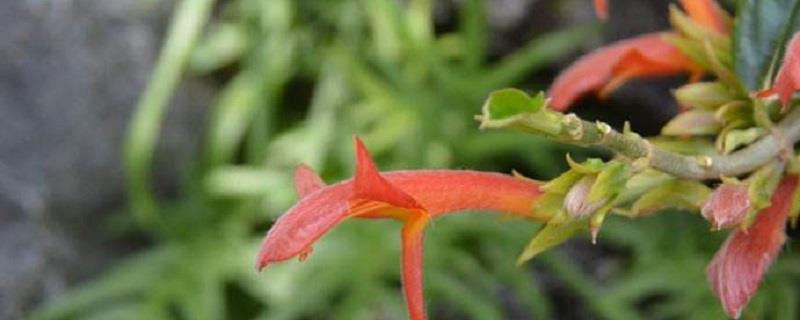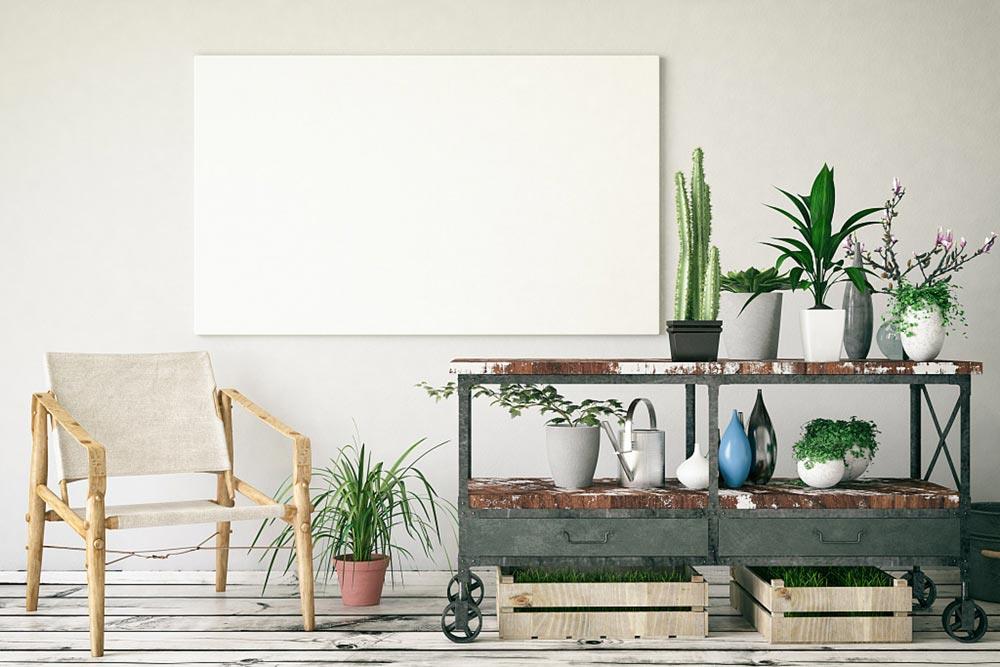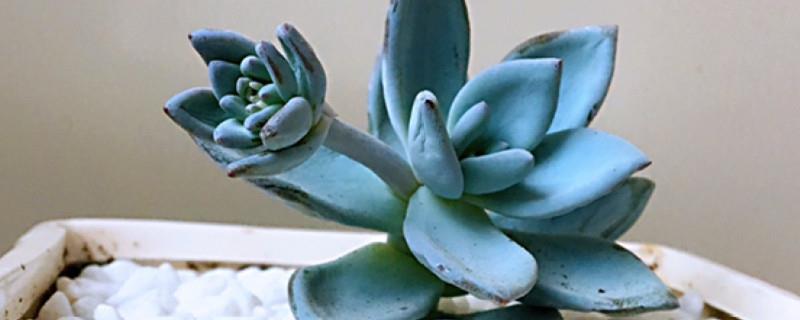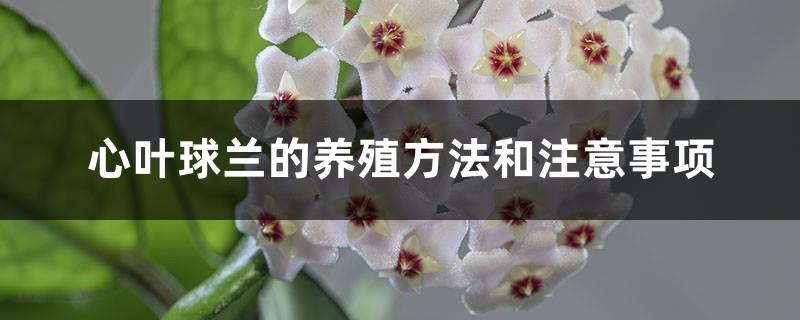How to grow whale flowers and precautions
Last Update :2024.05.23
Article Catalog
To raise whale flowers, you should choose fertile, breathable, and well-drained soil. During the growth stage, you need to provide it with enough water and spray water. In winter, it needs to be drier. Fertilization is also done during the growing period, once every half month or twenty days. The breeding temperature should be around 18 to 22 degrees, and above 10 degrees in winter. Also provide it with diffused light and avoid bright light, especially in summer.

1. Soil
1. Soil
Whale flower has strict requirements on soil, and whether the quality is good or not has a great impact on its future growth. Specifically, there are three requirements: nutrition, breathability and drainage. If you want to meet the three requirements at the same time, you need to use mixed soil. Therefore, it can be prepared with humus soil, perlite, sawdust, etc.

2. Watering
Whale Flowers require a lot of water during their growth period, but avoid stagnant water. In addition to watering, spraying water should also be carried out from time to time. Therefore, keep the soil slightly moist during vigorous growth and spray water frequently. The exceptions are summer and winter. Water needs to be controlled at high temperatures in summer and low temperatures in winter. It is better if the soil is slightly dry.
3. Fertilization
Its growth period is also when its demand for fertilizer is greater, but the frequency does not need to be too many. Fertilizing once every half a month or twenty days is enough. Various liquid fertilizers can be used. Nitrogen and phosphorus fertilizers can be used in spring and summer, and potash fertilizers can be used in autumn.

4. Temperature
Whale Flower It likes warmth, and is most suitable for it between 18 and 22 degrees. It has poor cold resistance, so it needs to be kept warm in winter, preferably around 15 degrees, not lower than 10 degrees. Of course, it’s not okay if the temperature is too high in summer. Don’t exceed 30 degrees and pay attention to ventilation.
5. Precautions
It likes mild scattered light, and is best placed in a place with astigmatism, such as next to a well-lit window sill, balcony, etc. It should be noted that strong light must be avoided, especially in summer. In other seasons, shade must be provided when there is strong light at noon.

2. Watering
3. Fertilization
4. Temperature
5. Things to note
- END -
The difference between Succulent Oplina and Frost Dynasty

Different varieties: Oplina is a species of Echeveria genus Windmill, also called ...
Methods and precautions for cultivating orchids

Soil: I prefer soil with slightly better drainage, fertility and better air permea...